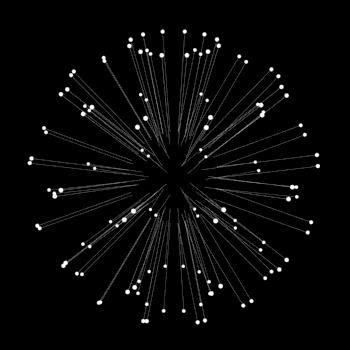Anyone have an idea about this chemistry problem?

2 Answers
Explanation:
Let's Start with The simplest one,
It does ionize, and fully ionize(strong electrolyte) when dissolved in water, but doesn't undergo hydrolysis.
Now, the Barium Acetate,
It also ionizes, but not fully(weak electrolyte) when dissolved in water, and also doesn't undergo hydrolysis.
Here, acetate anion with hydrogen ion is a weak acid, whereas
But, In case of
It ionizes and also hydrolyses to form
And then,
That's why, you should not keep aqueous sodium sulphide solution for a long time. For use, use freshly prepared solution instead.
Hope this helps.
See Below
Explanation:
Barium Acetate,
This will make a basic solution, with pH>7
KCl comes apart to give K+ and Cl- ions, and they don't do anything to the water with respect to pH.


